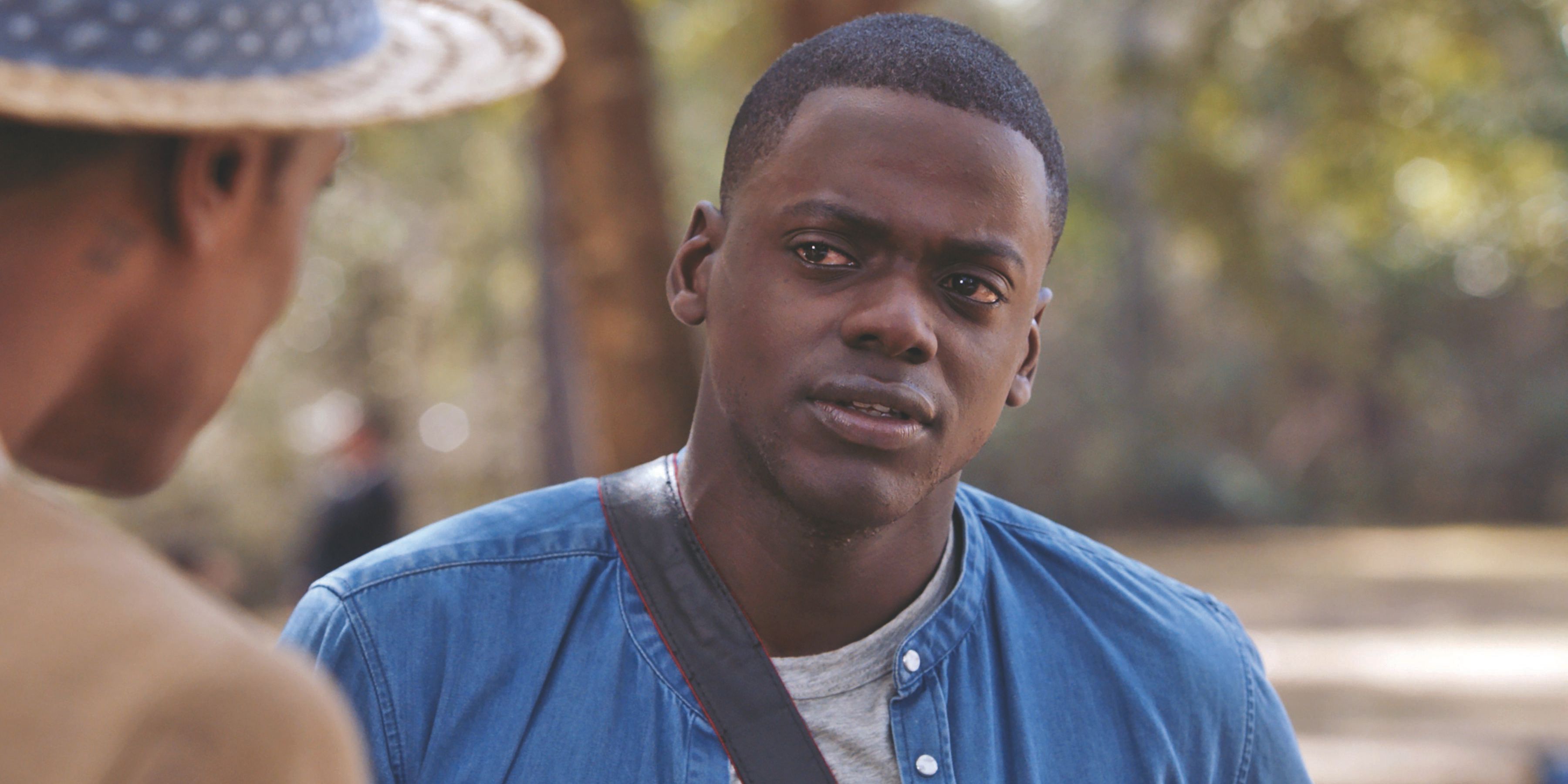
Horror movies have had their share of successful and unsuccessful periods, but a recent film with an almost perfect score on Rotten Tomatoes has renewed my enthusiasm for the genre. While always popular, horror experienced a surge in the 90s, followed by a quieter period in the 2000s.
Horror movies are popular again, with a mix of new ideas, continuations of existing stories, adaptations of other works, and even some remakes. Several filmmakers have become well-known as leaders in the horror genre, and this resurgence really took off in the 2010s. For me, the film that brought back my love for scary movies was Jordan Peele’s Get Out.
Horror Movies Were In An Odd Place During The 2000s & Early 2010s
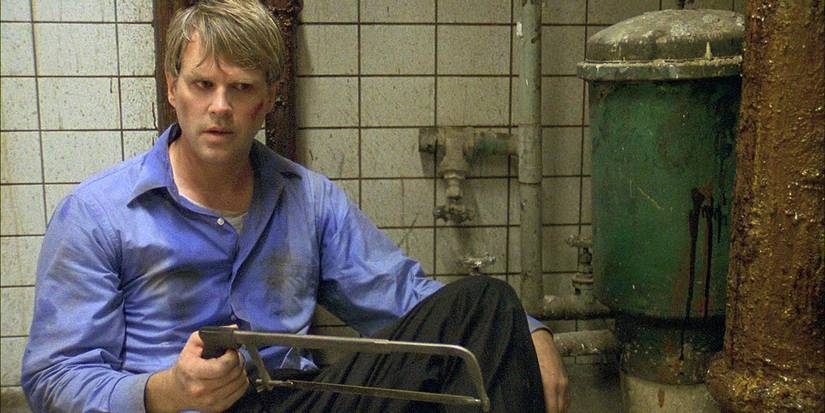
The horror genre saw a resurgence in the 1990s, largely due to a revival of slasher films. Wes Craven’s Scream was a key example, kicking off a wave of new movies featuring teenage characters, including I Know What You Did Last Summer and Urban Legend.
Horror movies shifted in the 2000s, moving away from typical slasher films and focusing more on graphic violence and supernatural themes. This change started with James Wan’s Saw in 2004. While Saw featured intense and disturbing scenes, it also offered a surprisingly intricate plot and a complex villain, leaving audiences unsure whether to despise or understand him—though his actions were still extreme.
The success of Saw led to many copycat films, often prioritizing shocking violence over compelling stories and characters. A few years later, in 2007, Oren Peli’s Paranormal Activity started a new trend of supernatural horror, which gained even more momentum with James Wan’s Insidious in 2010.
Although those earlier films were well-made and groundbreaking, they inspired a wave of copycats. This led to a period in the 2000s and early 2010s where many horror movies relied on cheap thrills and startling moments rather than strong stories. Thankfully, the horror genre experienced a positive shift in 2017 with the release of Get Out.
Get Out Created An Entirely New Brand Of Horror Blending Style With Substance
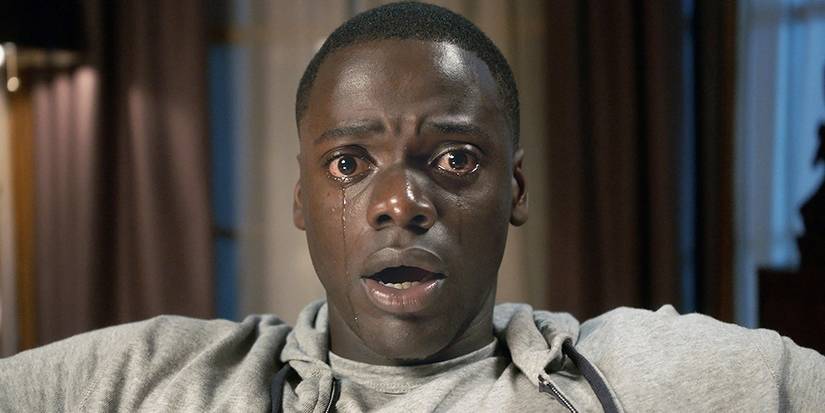
The movie Get Out centers around Chris (Daniel Kaluuya), a Black photographer who is dating Rose (Allison Williams), a white woman. While meeting Rose’s family and their friends, Chris uncovers unsettling truths about them and the reason he was invited. Get Out was highly praised by critics and audiences alike, earning a 98% rating on Rotten Tomatoes.
Jordan Peele’s Get Out has received a lot of positive attention for its unique idea, funny moments, strong acting, and important messages about society. While the film has some comedic relief, largely thanks to Lil Rel Howery’s character Rod, it’s genuinely scary on a much deeper, psychological level than many other horror movies released around the same time.
Instead of relying on shocking visuals, Get Out creates fear by playing on your emotions and building suspense from the start. A key strength of the film is its insightful social commentary, which sparked a trend of horror movies that tackle real-world issues.
Jordan Peele’s film Get Out demonstrated that horror movies can be both visually interesting and meaningful. For a long time, many filmmakers, critics, and viewers have dismissed the horror genre, assuming it only offers cheap thrills, gore, simple characters, and unoriginal plots.
Jordan Peele’s film Get Out showcased his unique filmmaking approach, skillfully using color, imagery, and lighting to create tension. The film also demonstrated his talent for weaving social commentary and symbolism into a compelling story. Get Out proved that horror movies can be both visually impressive and thought-provoking, encouraging other filmmakers to follow suit.
Get Out Transcended The Horror Genre To Become Something Truly Great
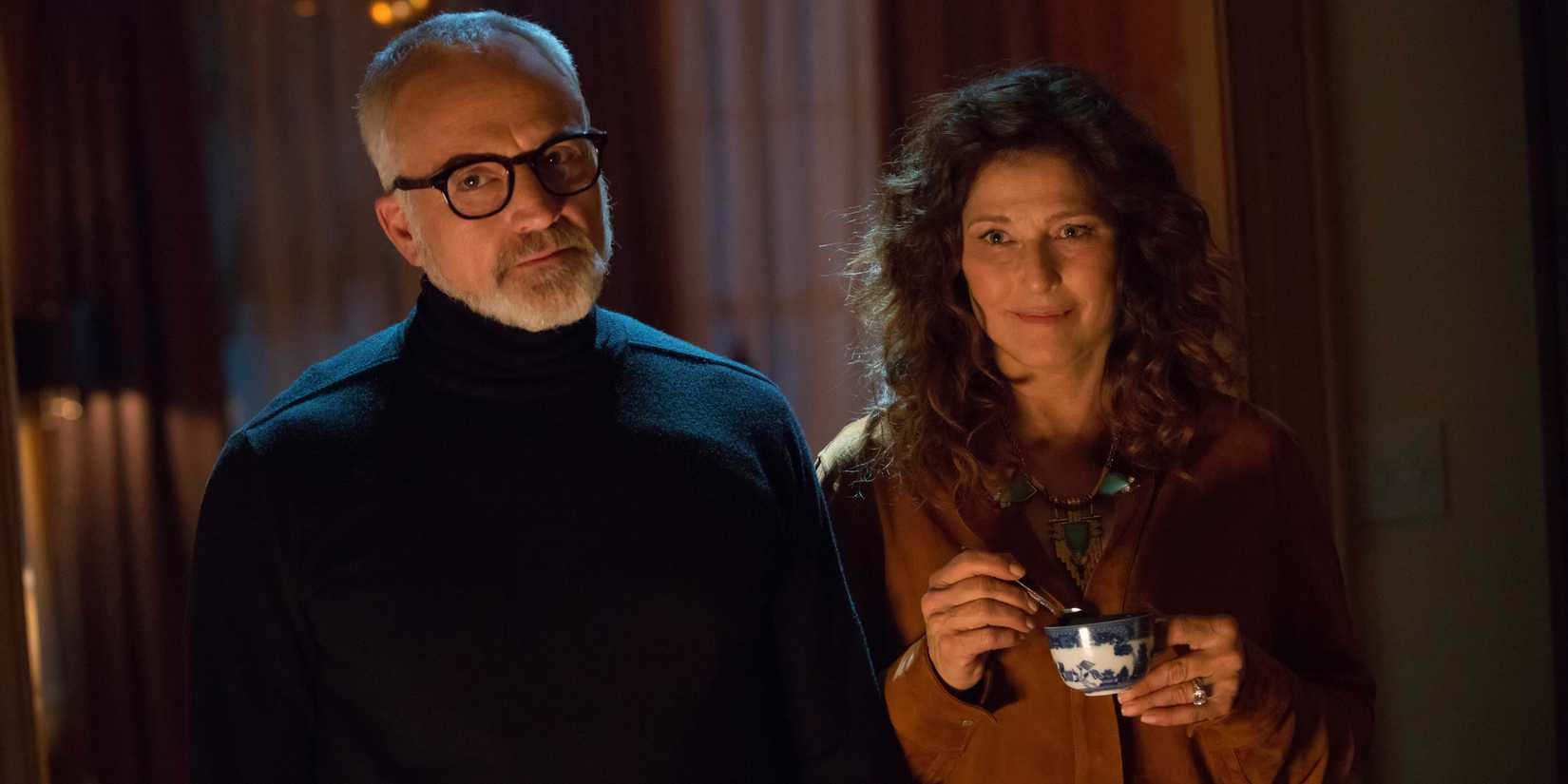
Jordan Peele’s Get Out is often described as ‘elevated horror,’ but it stands out because it went beyond typical genre boundaries – a feat few horror films accomplish. Its broad appeal lies in its compelling themes and unique style, attracting both dedicated horror fans and viewers who usually avoid the genre.
What makes Get Out truly terrifying is that its horrors aren’t based on the supernatural—they stem from very real problems and the actions of real people. This connection to the real world is a major reason the film resonated with so many viewers and ultimately elevated it beyond a typical horror movie.
It’s been a long time since a horror film truly broke out and became something more than just scary – perhaps all the way back to Stanley Kubrick’s The Shining in 1980. For years, people debated whether The Shining was even a horror movie at all, because of its high quality, complex story, and strong dramatic themes.
Horror movies rarely break out to become truly exceptional, but it does happen. With films like Get Out leading the way, we might see more horror movies achieve that level of success in the future.
Get Out Has Opened The Door For More “Prestige” Horror Releases
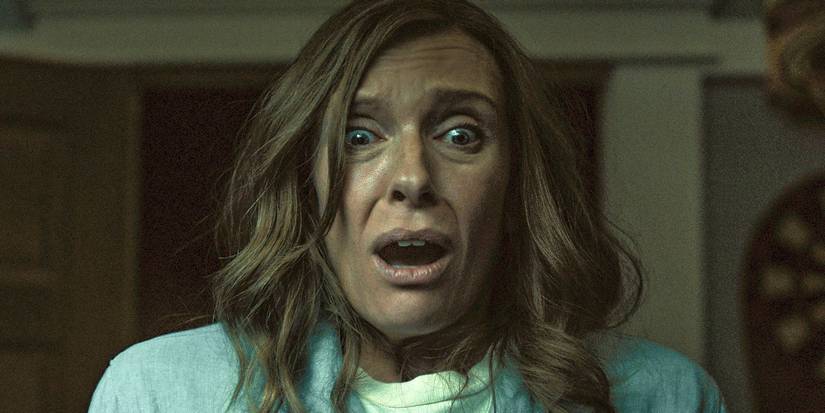
Jordan Peele’s Get Out is often credited with starting a trend of more sophisticated, critically acclaimed horror films. Since its release, we’ve seen a rise in movies like Ari Aster’s Hereditary and Midsommar, Robert Eggers’ The Lighthouse, and Leigh Whannell’s reimagining of The Invisible Man – all examples of this new wave of “prestige” horror.
These films stand out because they combine beautiful visuals and meaningful stories, often offering insightful observations about society. They also feature well-developed characters, intricate plots, and a distinct mood. Get Out was a welcome addition to the horror genre, revitalizing it with fresh ideas while still delivering genuine thrills and suspense.
Read More
- Zerowake GATES : BL RPG Tier List (November 2025)
- Super Animal Royale: All Mole Transportation Network Locations Guide
- How Many Episodes Are in Hazbin Hotel Season 2 & When Do They Come Out?
- T1 beat KT Rolster to claim third straight League of Legends World Championship
- Terminull Brigade X Evangelion Collaboration Reveal Trailer | TGS 2025
- Shiba Inu’s Rollercoaster: Will It Rise or Waddle to the Bottom?
- Riot Expands On Riftbound In Exciting Ways With Spiritforged
- xQc blames “AI controversy” for Arc Raiders snub at The Game Awards
- 5 Years Later, I’m Still Mad About This Christmas Movie’s Ending
- Best Keybinds And Mouse Settings In Arc Raiders
2025-10-29 19:51